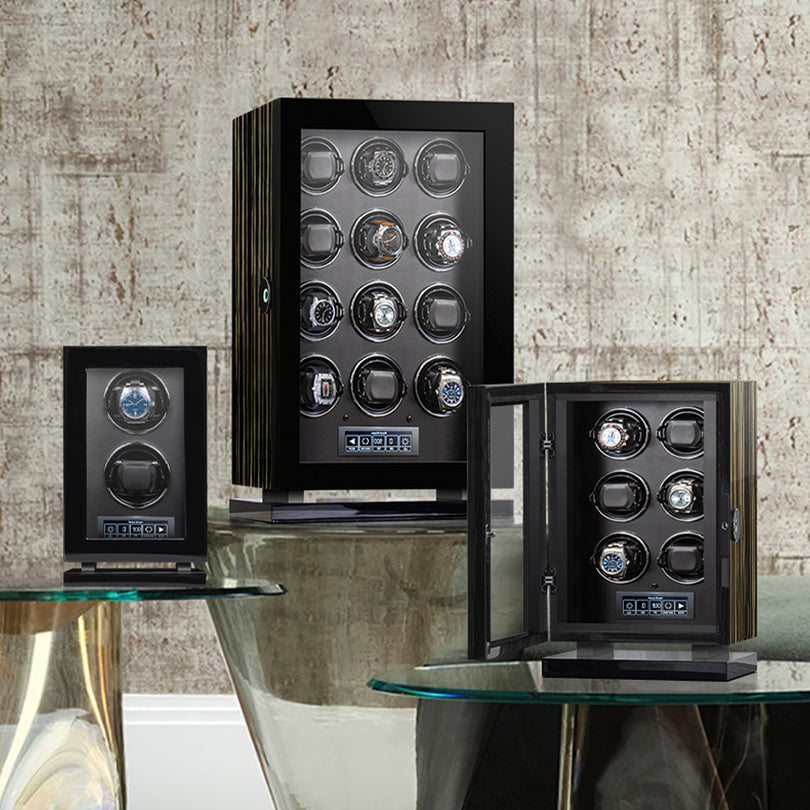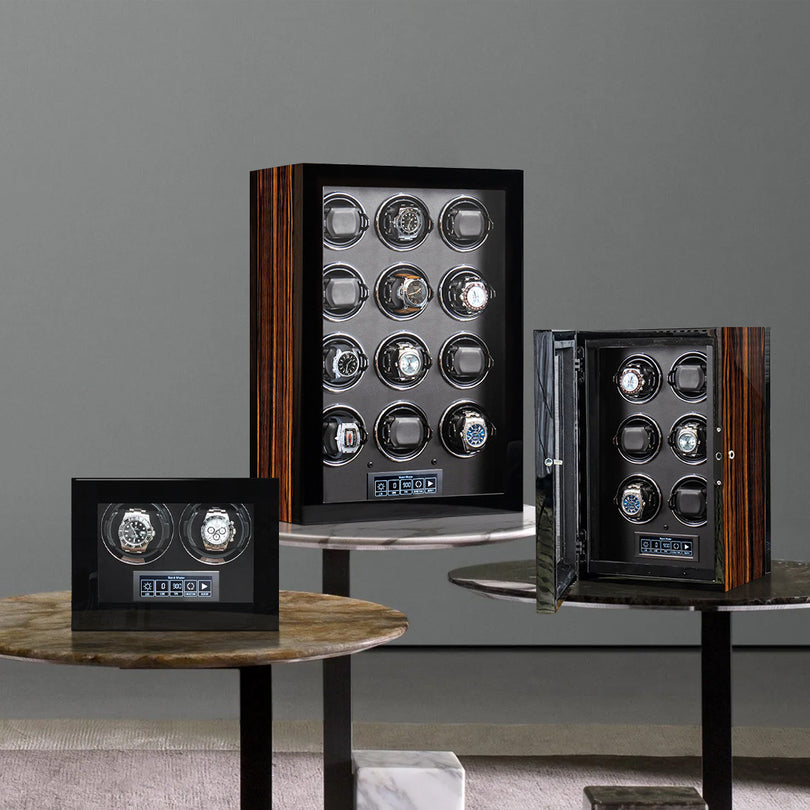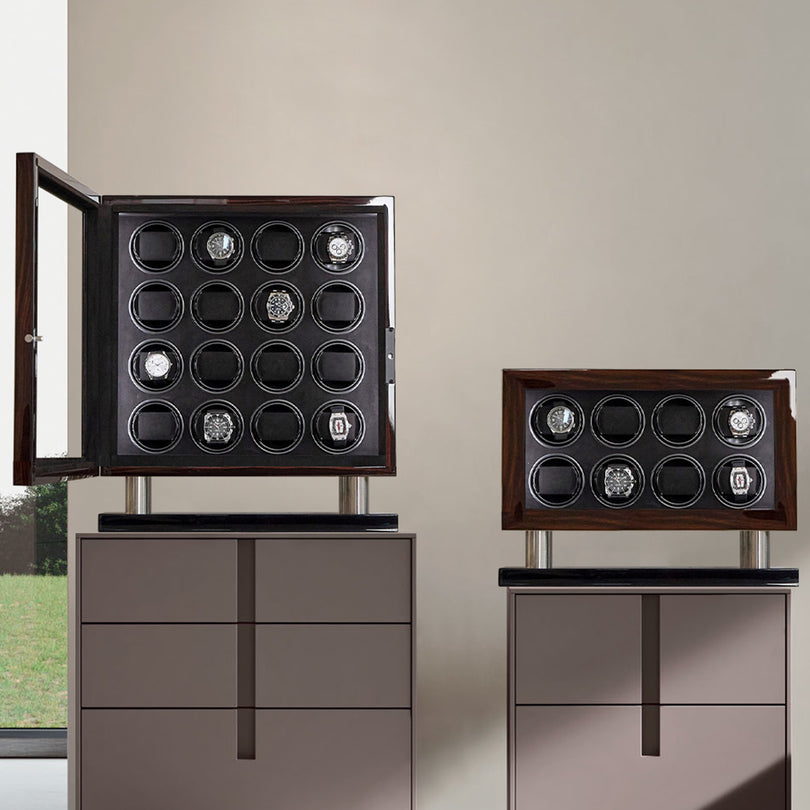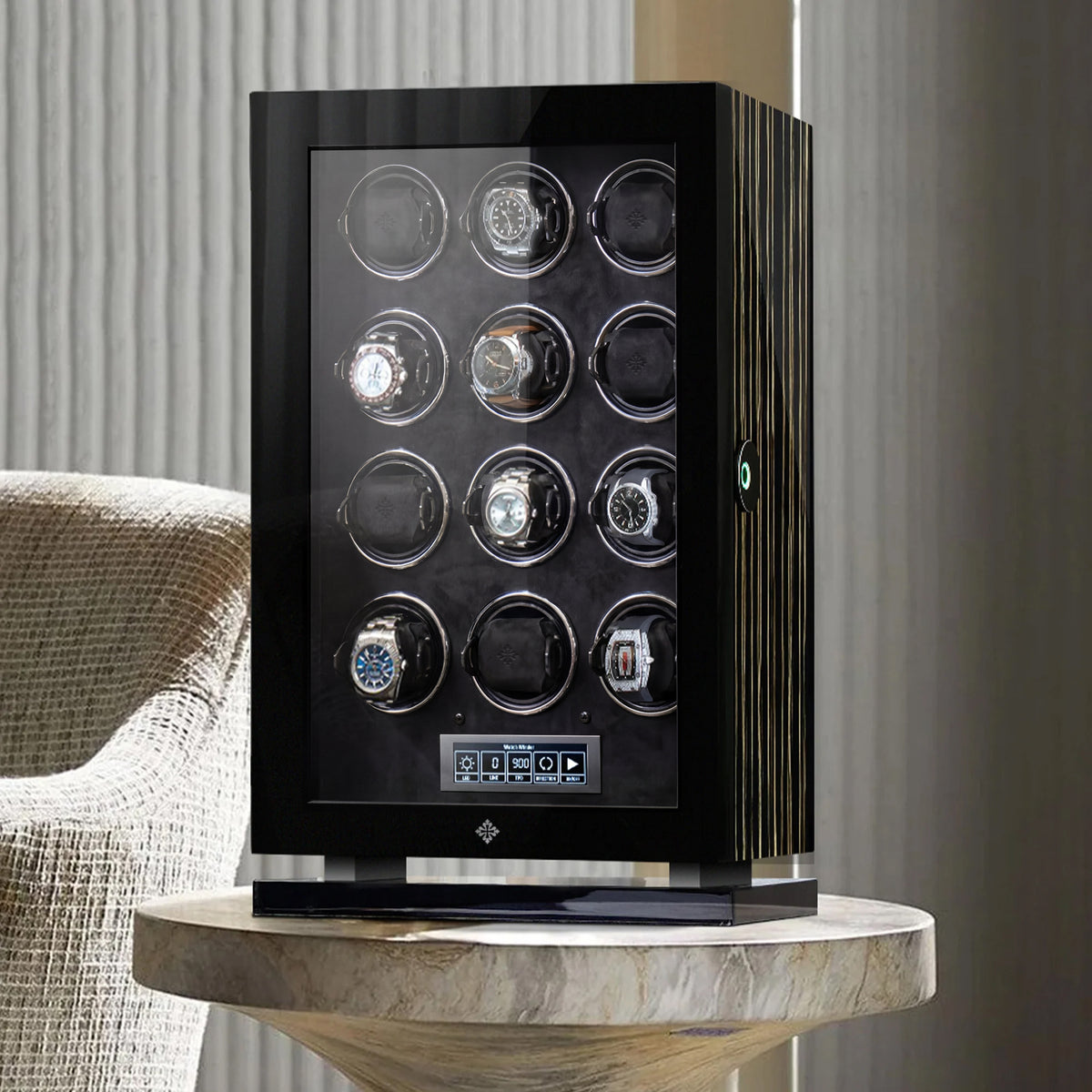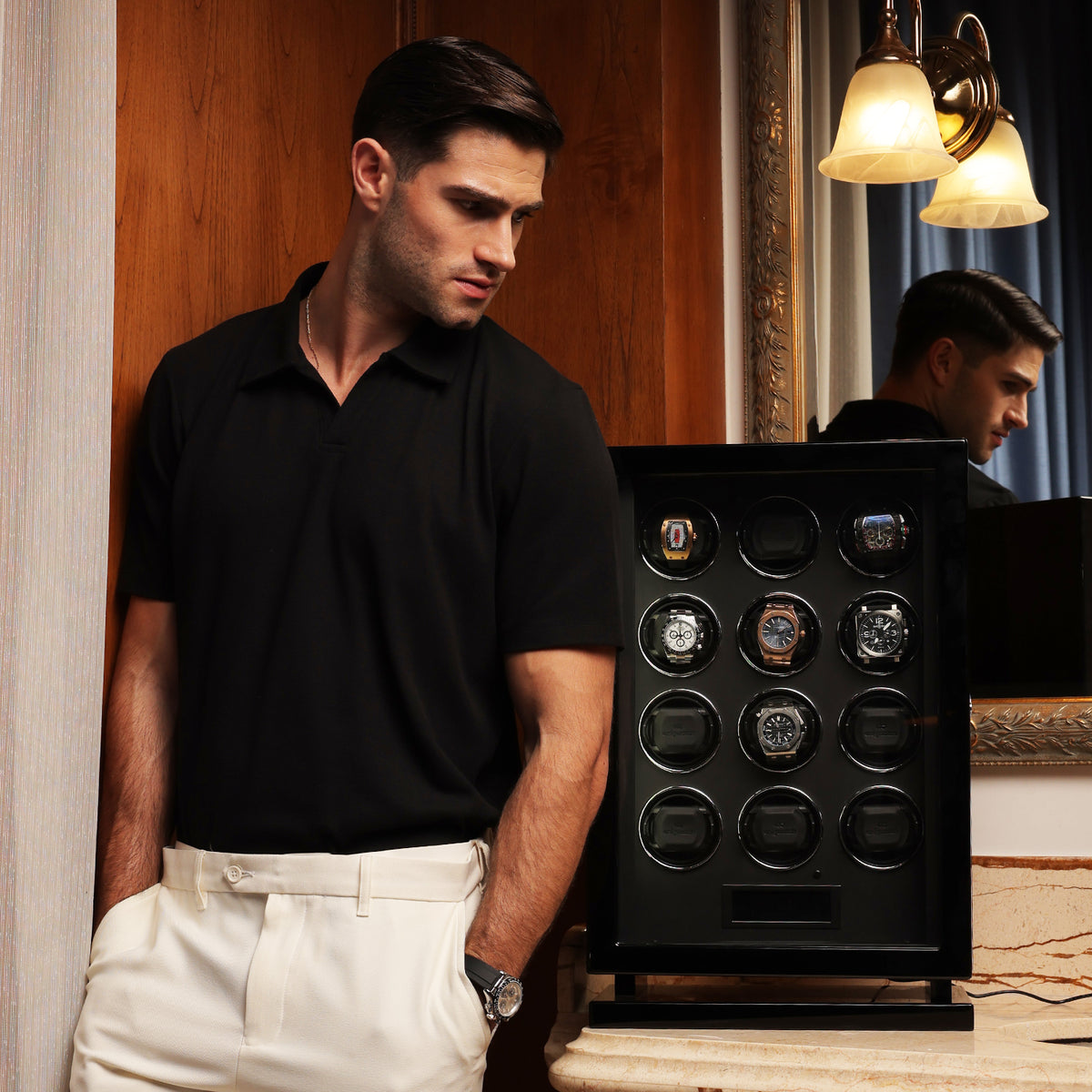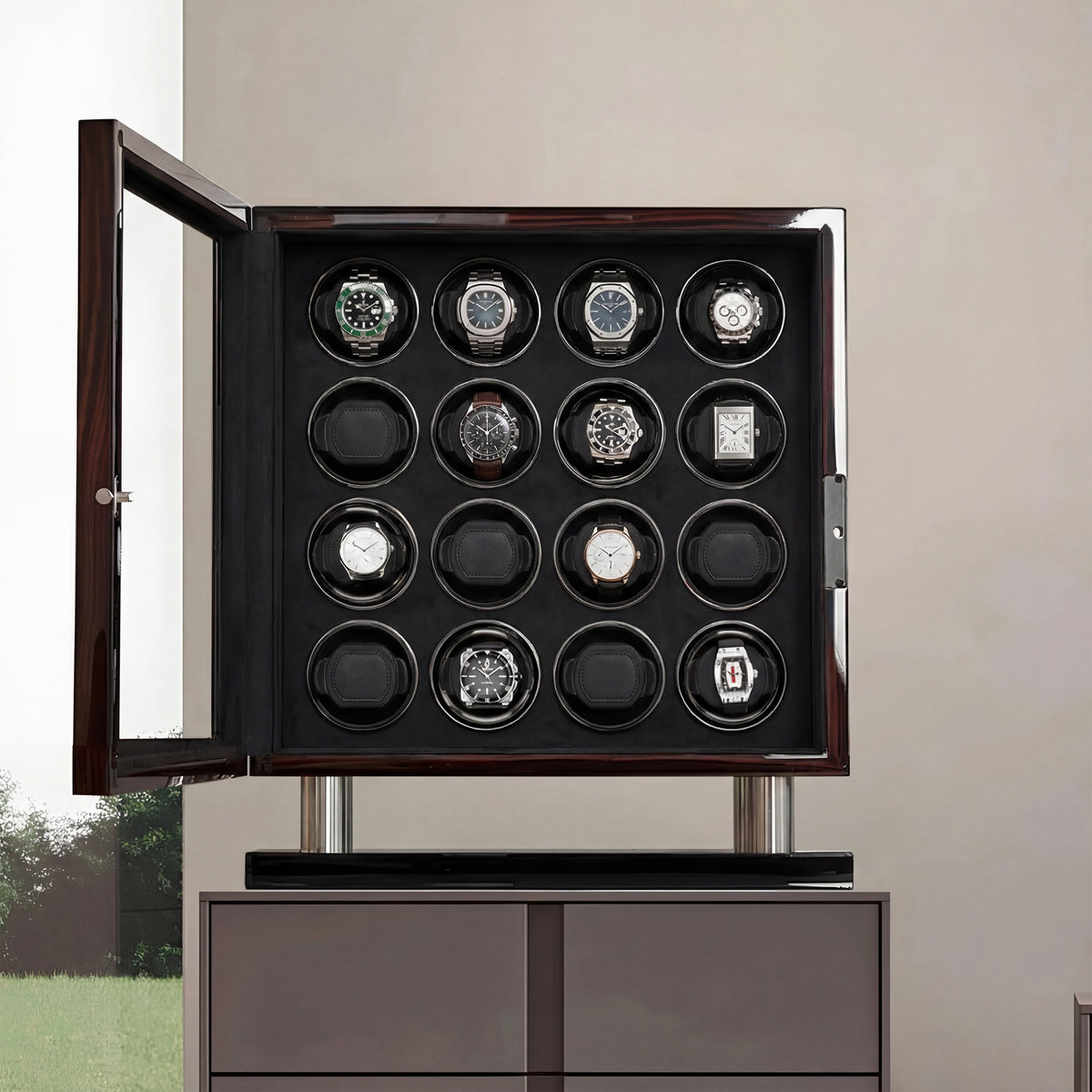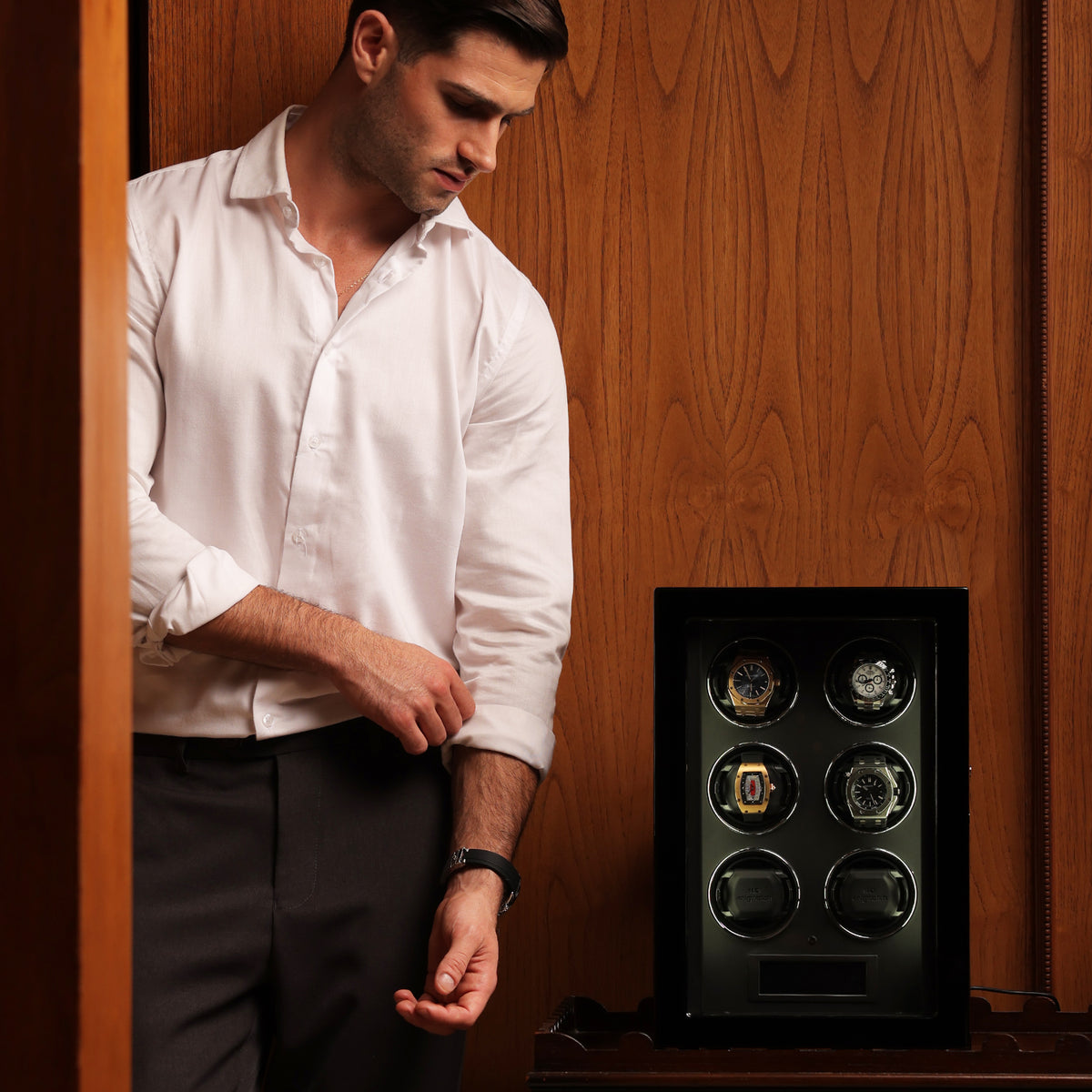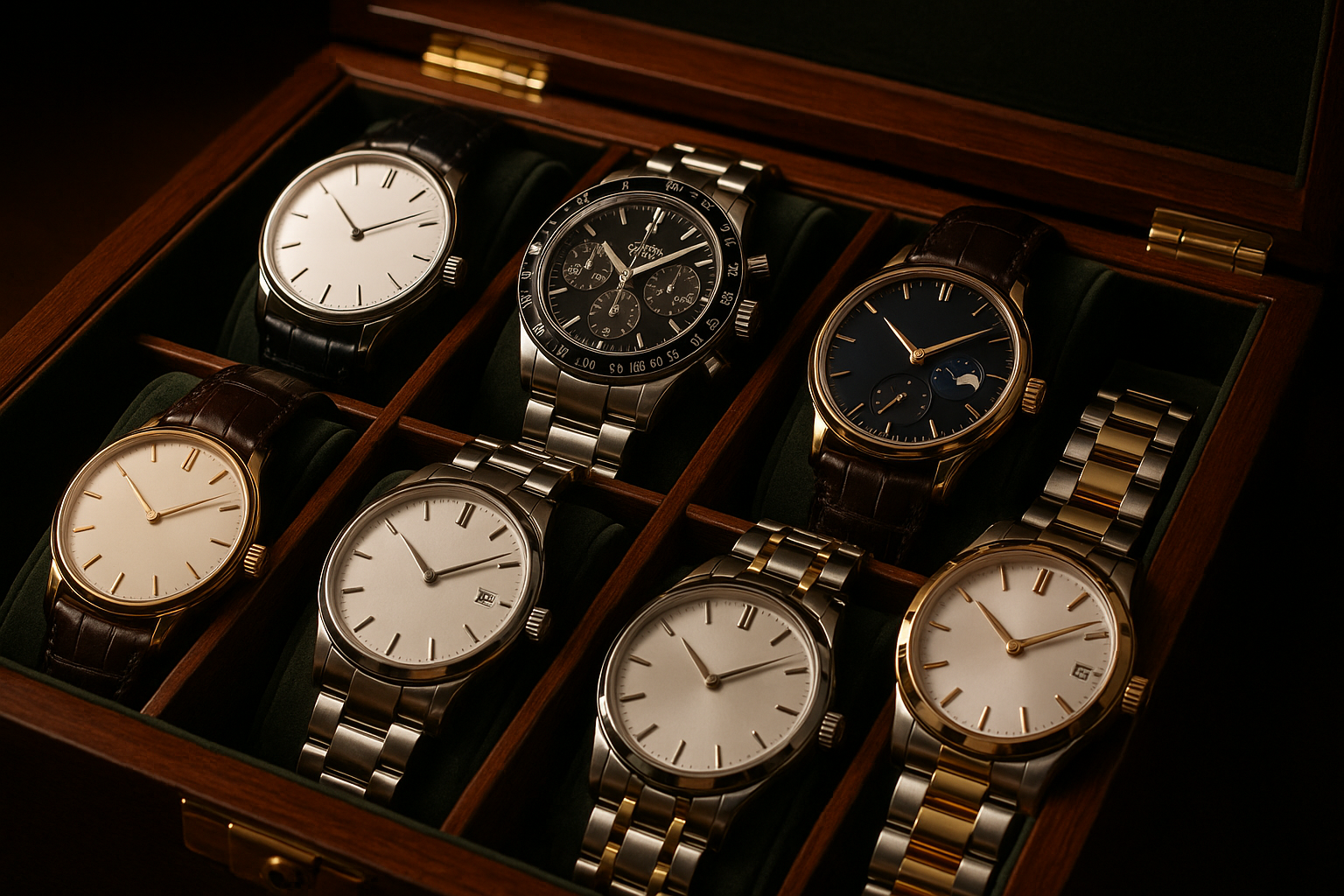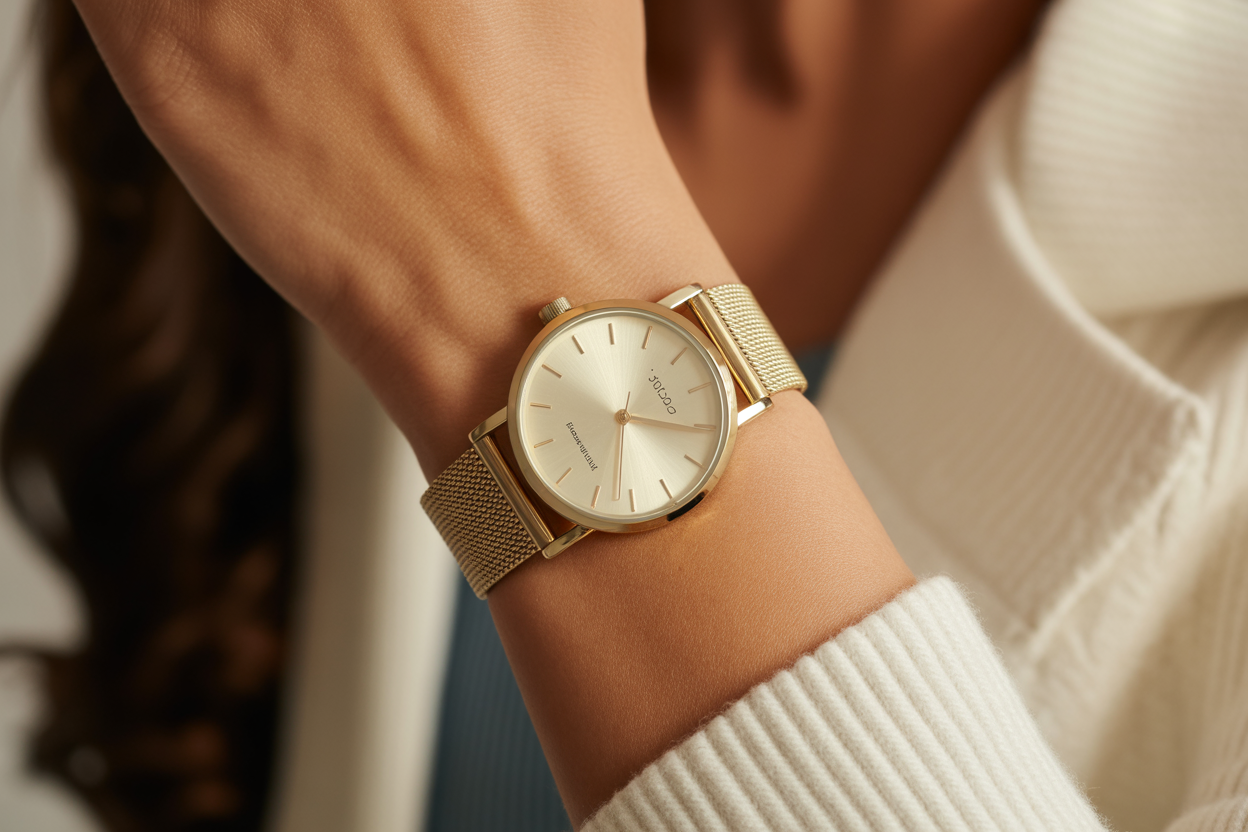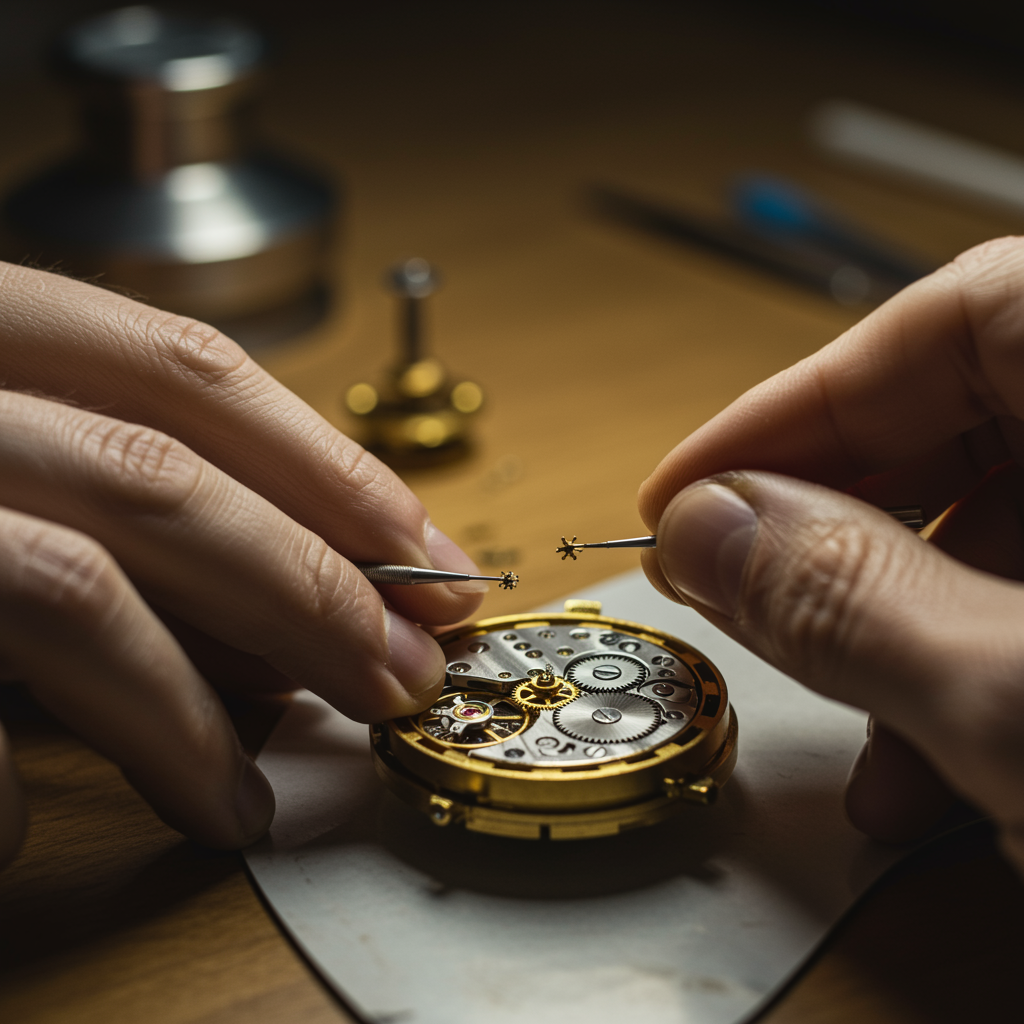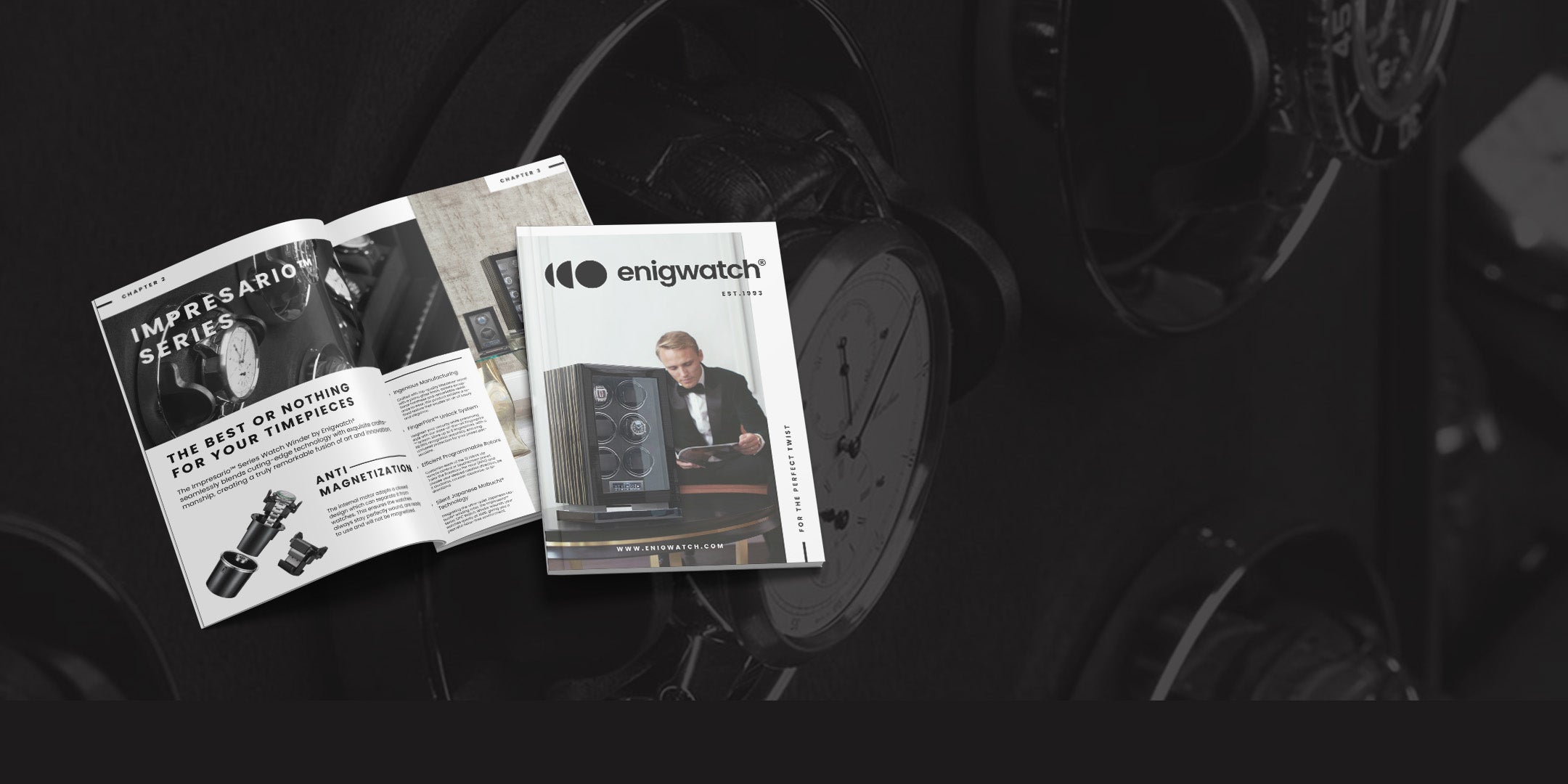If you’re diving into the world of automatic watches, there’s one question you might find yourself obsessing over: Can you actually overwind an automatic watch? Whether you're a newbie or have a collection of wrist-wear, this is a valid worry. Automatic watches seem complex and fancy, so you might be concerned about winding them too much or breaking something. Fear not! The truth is, these self-winding watches are way smarter than you’d think, with mechanisms built to avoid overwinding entirely. So let’s unravel the mystery of how they work, what exactly happens when you wind them, and how to keep your watch ticking.

How Do Automatic Watches Work?
Automatic watches are all about that kinetic energy. Unlike a quartz watch with a battery or a mechanical watch that requires manual winding, an automatic watch has a rotor, a weighted disc inside that spins as you move your wrist. This rotor’s movement winds a tightly coiled metal strip called the mainspring, which then powers the watch. If you’re interested in understanding the full range of options, check out our Mechanical vs Automatic Watch: Differences You Need to Know article for more insight.
Think of the rotor like a little energy collector, harnessing the movement from your wrist throughout the day to keep the watch going. So, if you’re wearing your watch daily, the rotor does most of the work, making the watch run with zero effort on your part. And if you’re not wearing it? The watch will slowly wind down until it stops. But don’t worry, there’s no damage done when this happens. Just a few manual winds, and it’ll be back in action.
Can You Actually Overwind an Automatic Watch?
Here’s where it gets reassuring. No, you can’t overwind an automatic watch. These timepieces are designed with a super cool slip-clutch mechanism, which ensures you can’t over-tighten or “overpower” the mainspring. As soon as the mainspring is fully wound, the slip-clutch takes over, allowing any excess energy to slip right through without adding more tension. This is your watch’s way of telling you, “Chill, I got this.”
Whether you’re going for a few extra turns with the crown or just moving your wrist around as usual, that clutch feature kicks in once the mainspring hits its limit. No matter how much winding you try, your automatic watch just won’t let you overwind it. Pretty smart, right?

The Mainspring: The Real MVP in Your Watch
The mainspring is like the heart of your automatic watch. It’s what stores energy as it winds up and then slowly releases it to keep your watch ticking. It’s carefully calibrated to handle just the right amount of tension. When you wind your watch (either by wrist movement or by turning the crown), you’re tightening this coil.
Thanks to the slip-clutch mechanism, the mainspring’s winding limit is built-in, so it will automatically stop building up tension once it’s fully wound. This tech is what keeps your automatic watch safe from damage, even if you’re a little overzealous with winding.
Signs Your Watch Might Be “Overwound”
If your automatic watch stops working, it’s not because it’s been overwound. Instead, here are a few things that could actually be going on:
- The Watch Ran Out of Power: If you haven’t worn your watch in a while, it may just need a little manual wind to get going again.
- Time for a Service: Over time, lubricants inside the watch movement can dry up, affecting performance. Every few years, it’s good to have it serviced.
- Loose or Damaged Parts: A sudden stop might indicate that a piece inside needs adjusting or repairing. If you’re experiencing issues with your watch, a quick visit to a watchmaker should clear things up.
Power Reserve and Winding: What’s the Connection?
You may have heard about a watch’s “power reserve,” right? This is simply the amount of time your watch will keep ticking once it’s fully wound. Power reserve ranges vary between watches, typically from 24 to 72 hours, depending on the model. If your watch runs out of reserve, it will stop, meaning it needs a bit of winding to get back on track. If you’re not wearing it every day, manual winding is a great way to make sure it keeps running.

What Happens if You Manually Wind an Automatic Watch?
Yes, even though an automatic watch winds itself as you wear it, you can still manually wind it to jump-start things. To do this, turn the crown (the little knob on the side of the watch) clockwise around 20-30 times. But here’s the beauty: that trusty slip-clutch mechanism means you’re safe to wind it without worrying about overdoing it.
Busting Myths About Overwinding
Let’s take a quick look at some common myths surrounding automatic watches:
- Myth: If I keep winding, I’ll damage my watch.
- Truth: Automatic watches prevent overwinding, so you’re safe.
- Myth: I don’t need to service my watch if I wear it regularly.
- Truth: Regular wear is great, but a professional service every 3-5 years is essential to keep your watch in top shape.
- Myth: I should avoid manual winding.
- Truth: Manual winding is perfectly fine and can even be helpful if you haven’t worn your watch in a while.
Tips for Keeping Your Automatic Watch in Tip-Top Shape
Taking care of your automatic watch isn’t complicated, but here are a few things to keep in mind. For more guidance, check out 5 Expert Tips, How to Maintain Your Automatic Watch for detailed insights.
- Wear It Regularly: Keeps the movement going and prevents the oils from settling.
- Winding Etiquette: When you do wind it, a few twists of the crown are enough. Just don’t force it.
- Store It Safely: Use a soft cloth or watch case to avoid scratches when it’s not on your wrist.
- Service Regularly: A maintenance check every 3-5 years will help maintain accuracy and longevity.

Watch Winders: Friend or Foe?
Watch winders simulate the movement your wrist would make, keeping automatic watches ticking even when you’re not wearing them. Contrary to some myths, watch winders don’t overwind watches. Instead, they keep your watch at just the right level of wind to keep it running smoothly. Just make sure to use a winder that’s compatible with your watch’s movement, as too much rotation could cause unnecessary wear over time.
Final Thoughts: Can You Overwind an Automatic Watch?
At the end of the day, automatic watches are designed to take care of themselves (and you). The slip-clutch mechanism and the durable mainspring work together to keep the watch’s movement safe, so you never have to worry about overwinding it. So go ahead, enjoy the craftsmanship and convenience that comes with wearing an automatic watch. These timepieces are engineered to handle whatever you throw at them (within reason). Just wear it, wind it occasionally, and let the beauty of self-winding technology do the rest.

